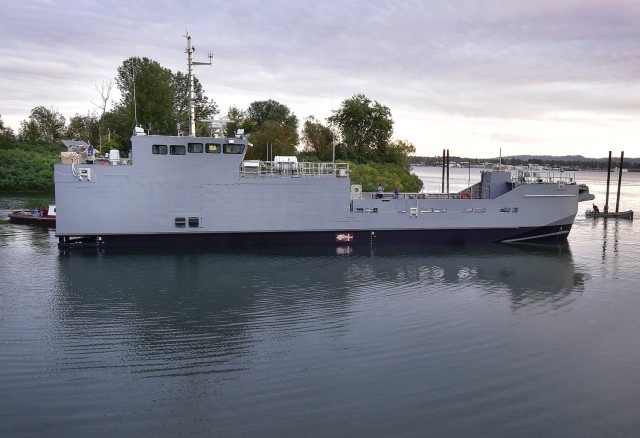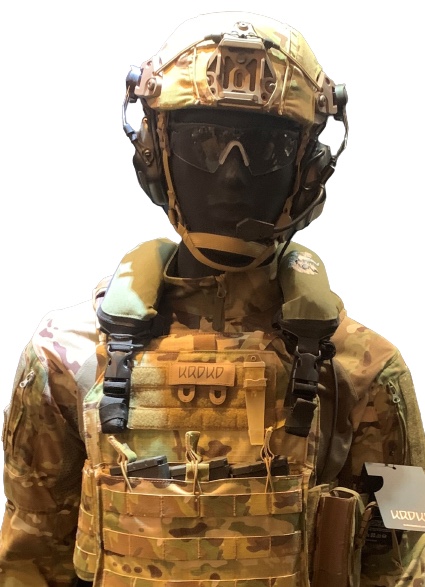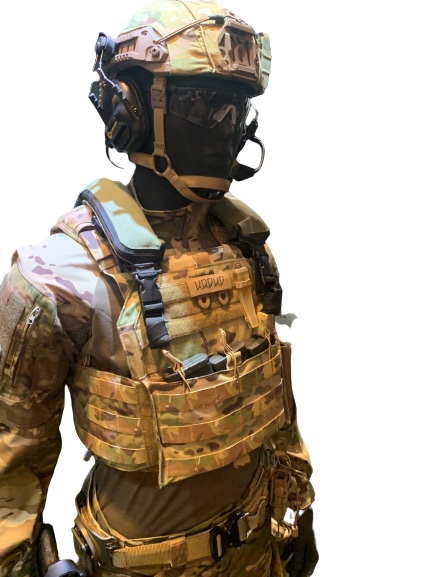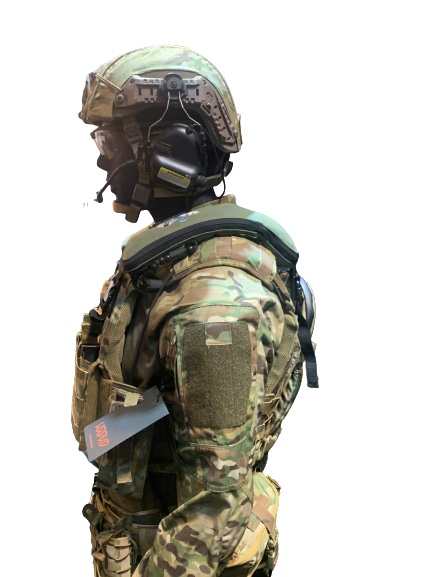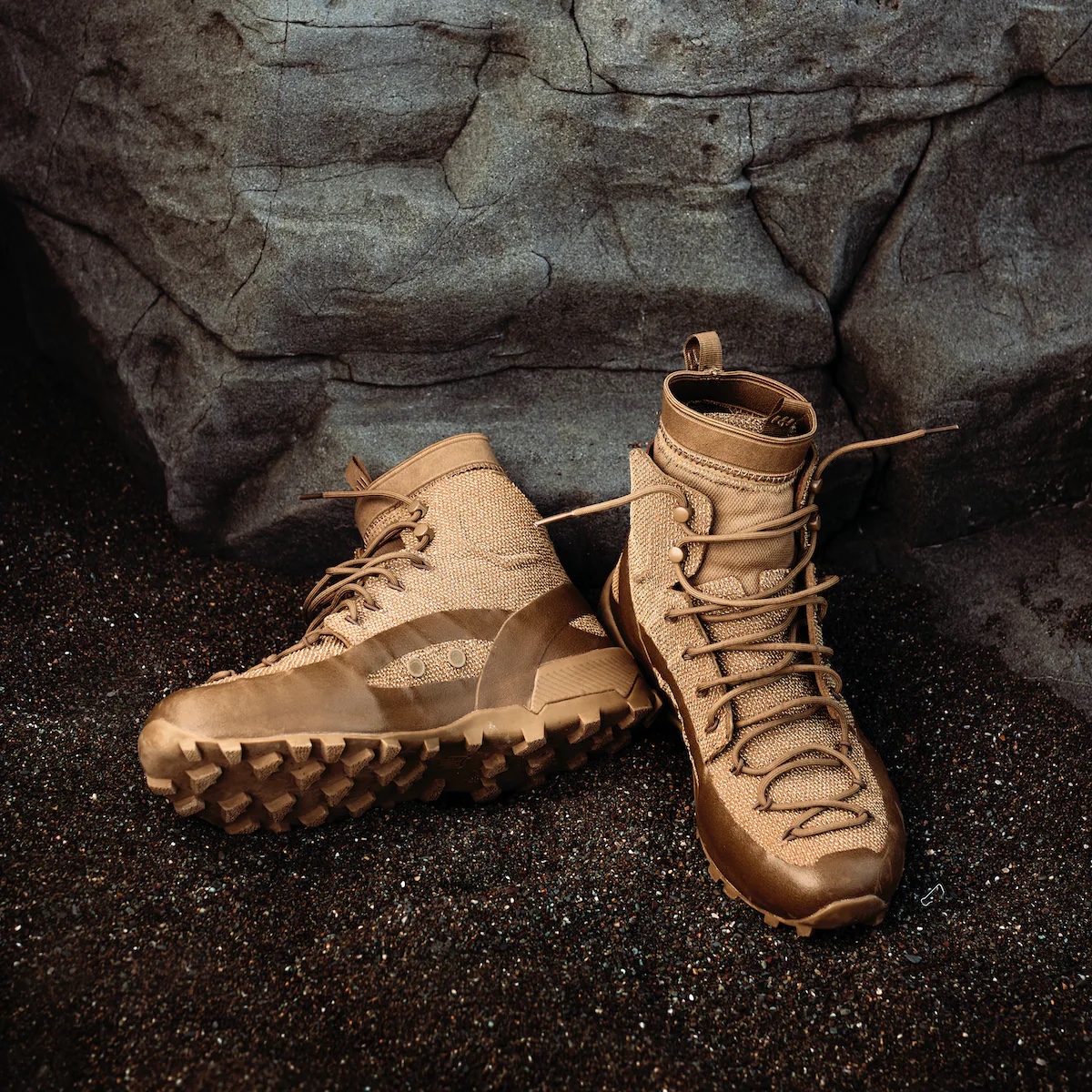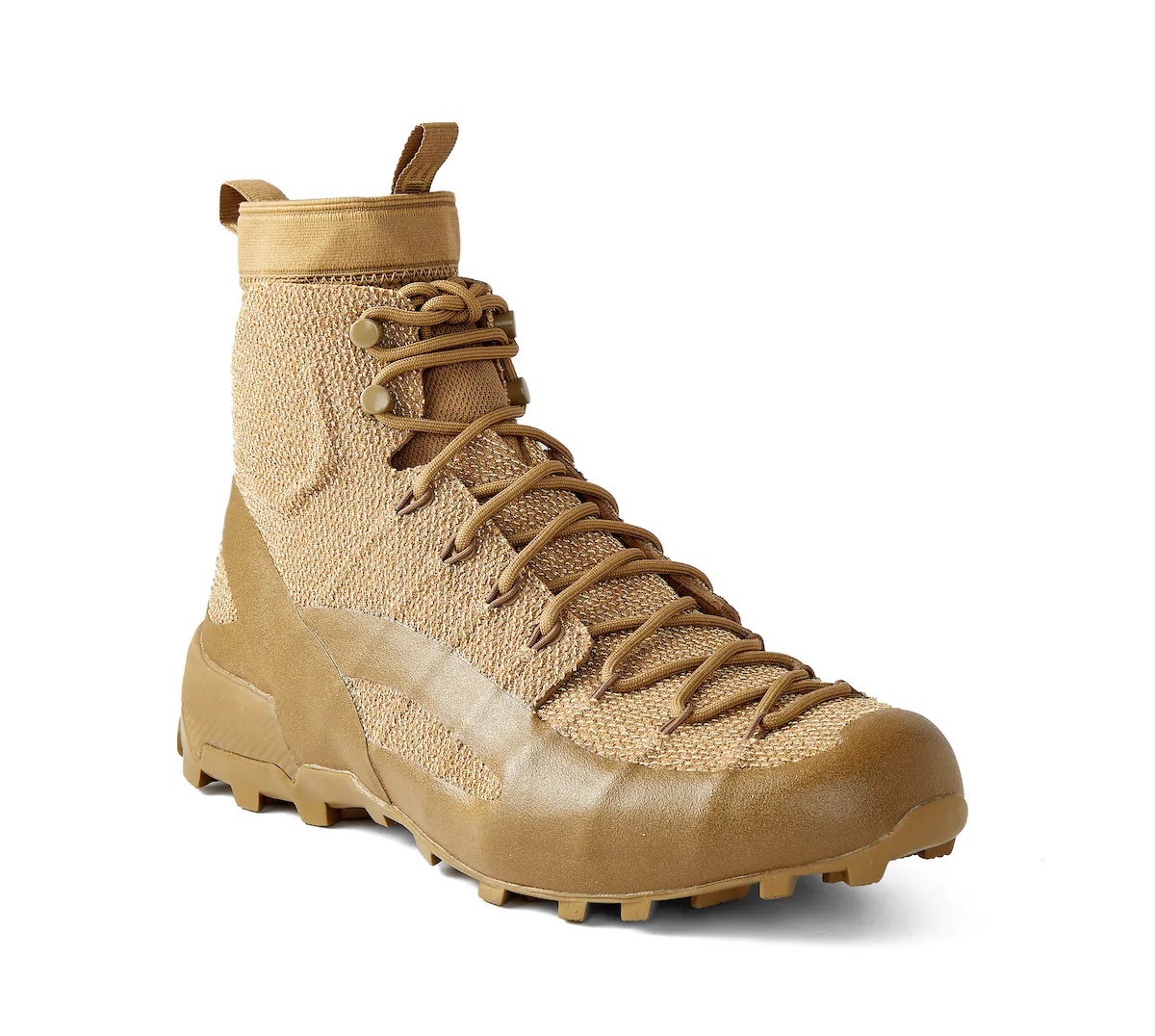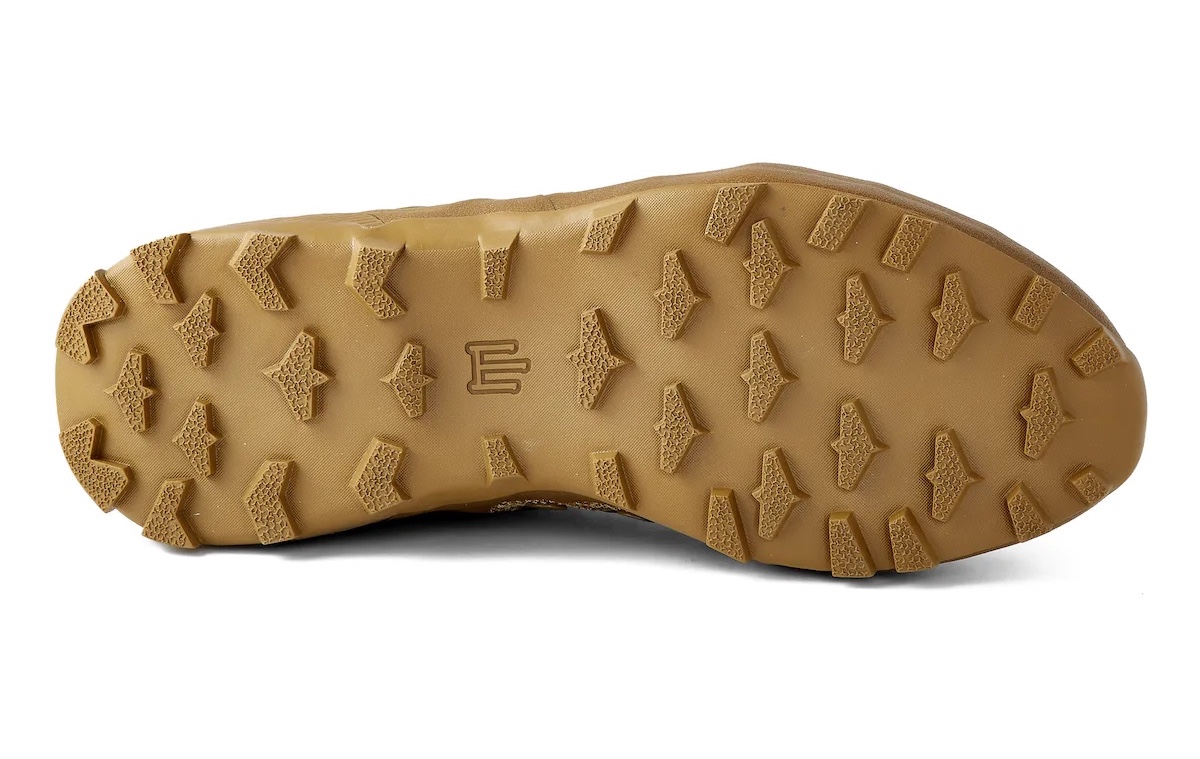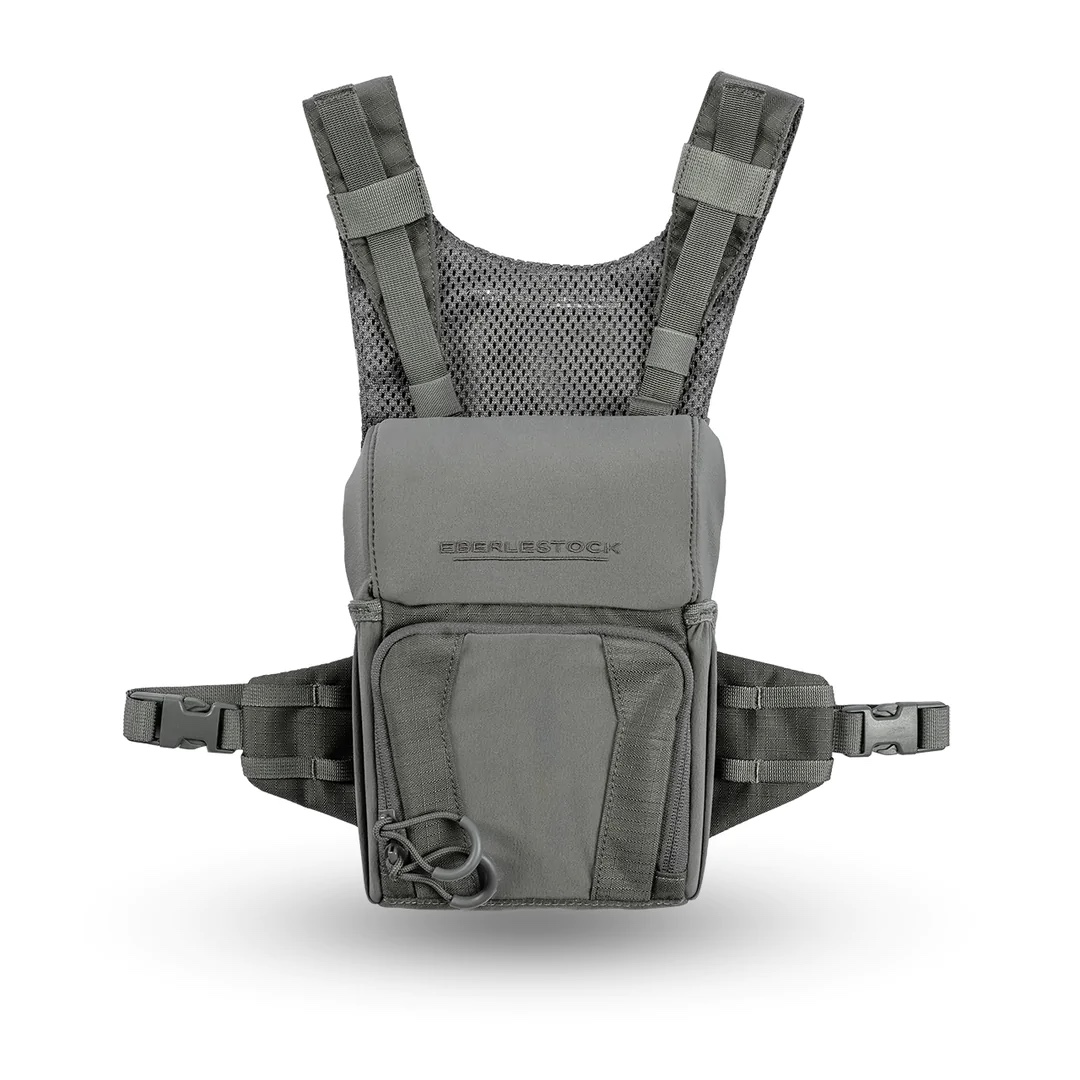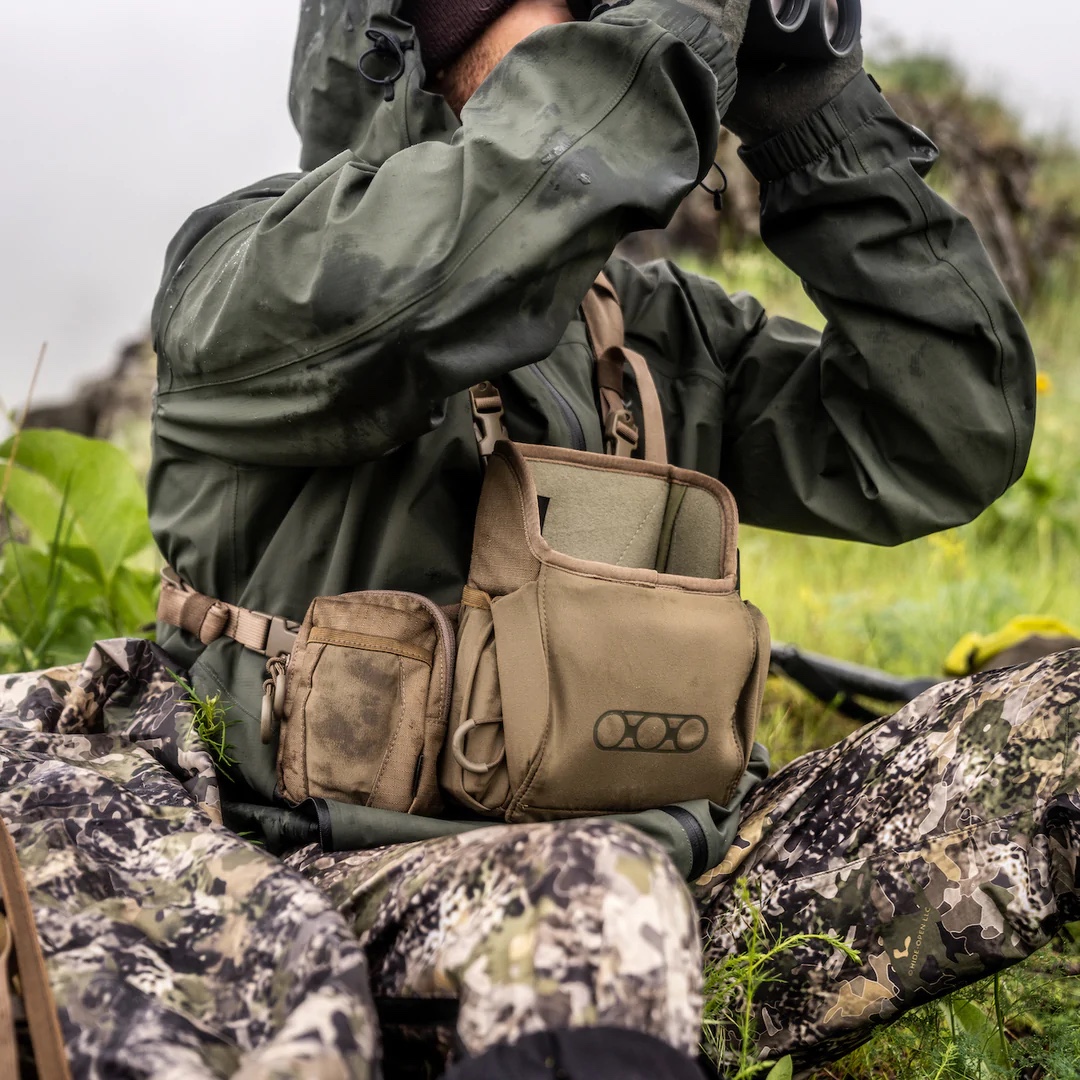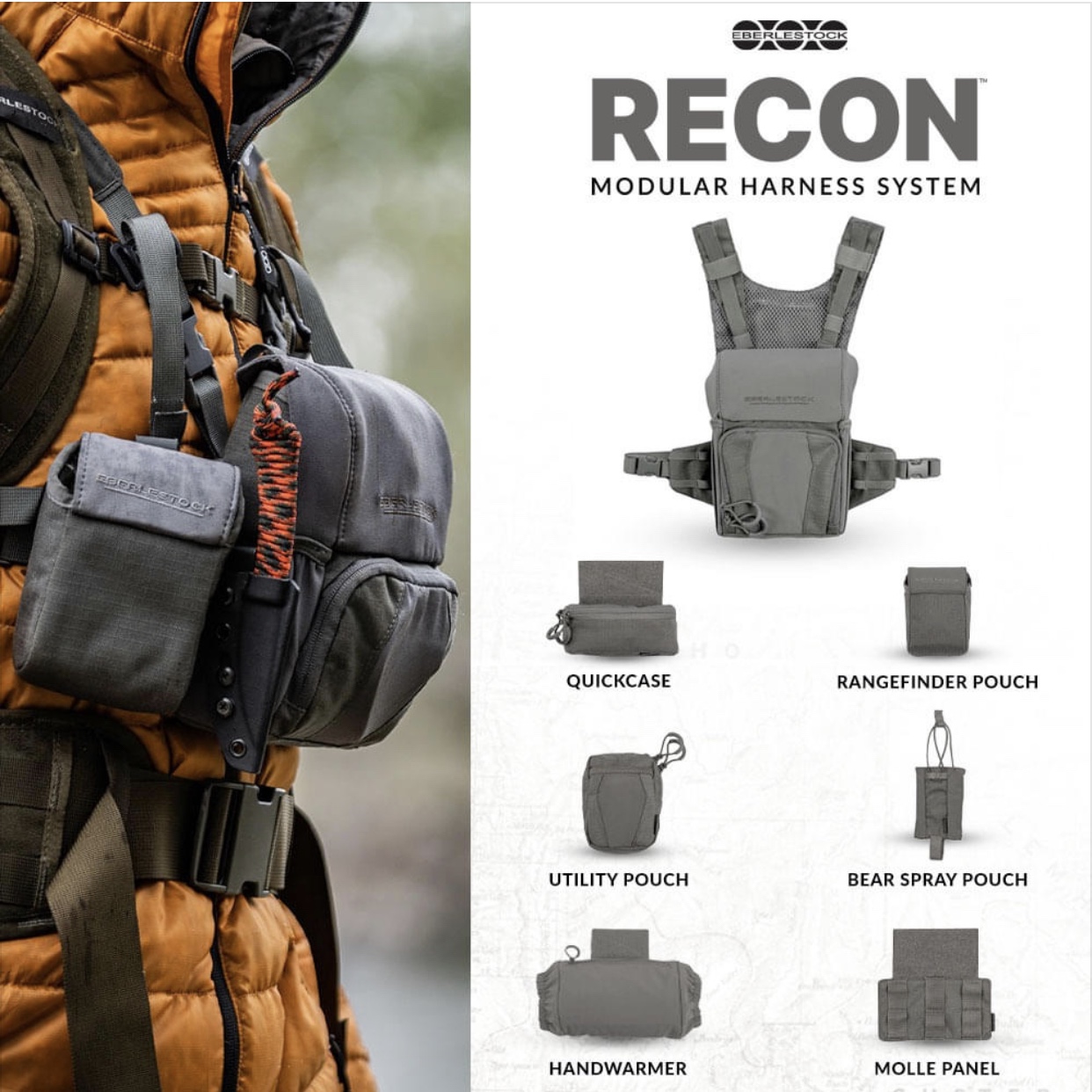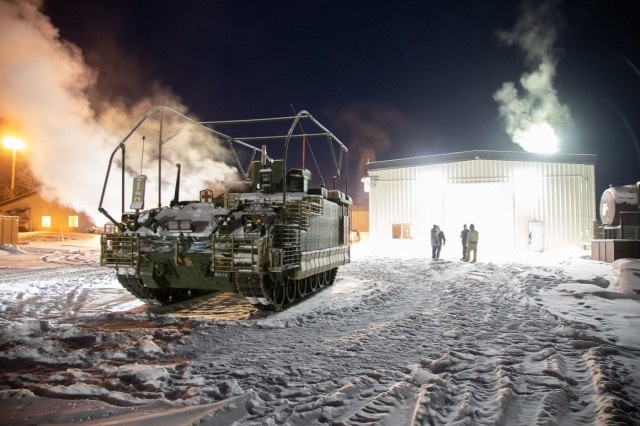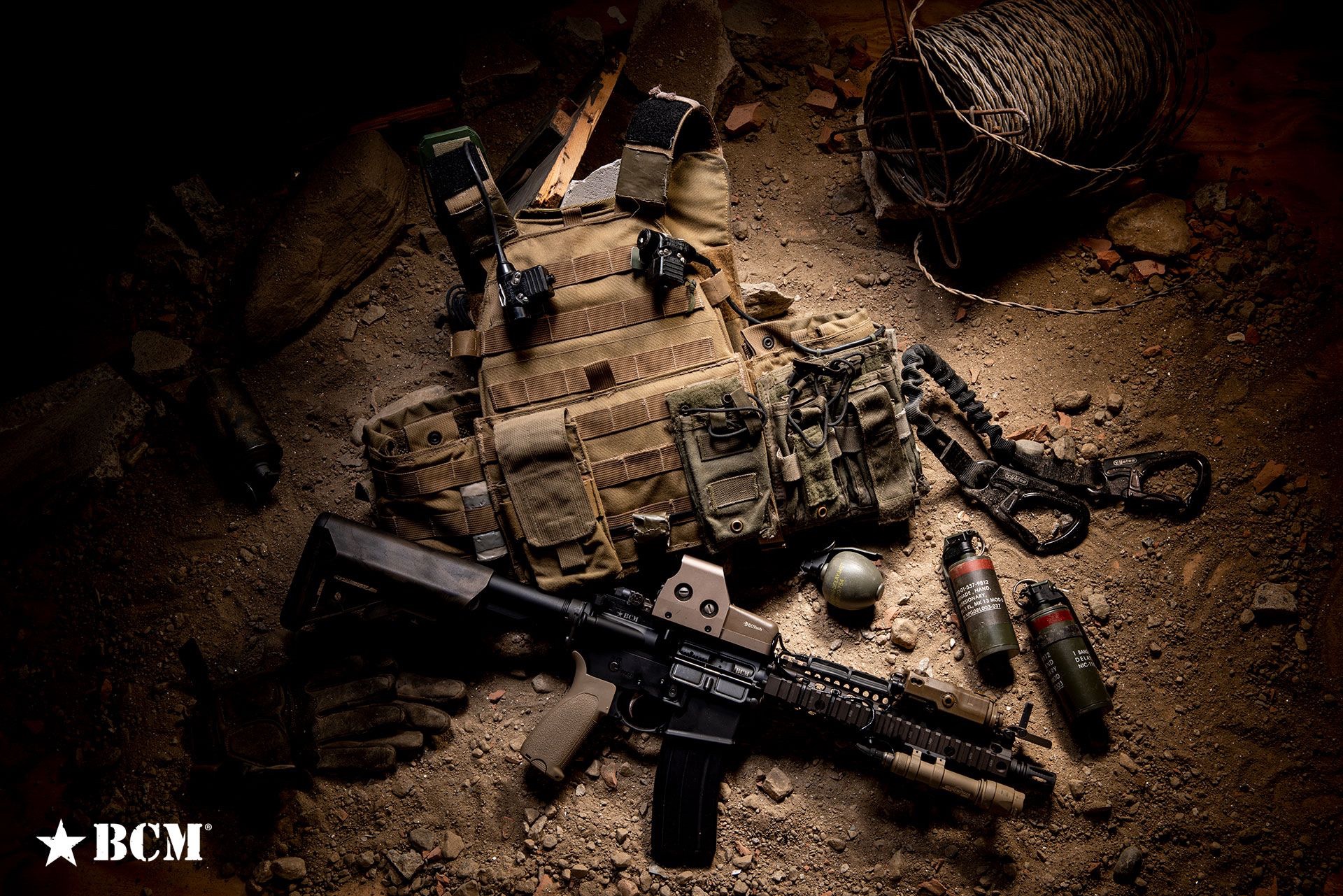
I spent 2008-2012 as an assaulter in the Commanders In-Extremis Force, with my final years there as an Assault High Cell Leader. The CIF was tasked with direct action, hostage rescue, counter proliferation and counter terrorism actions.
Due to the nature of assaulting/fighting in an urban environment, I ran as light and as slim as possible. We trimmed our basic load down four to five M4 magazines, two initiators for interior charges, an M67 frag grenade, and, in my case, both an MBITR and PRC-117G with associated cables, PTT and antenna. It came out to 26 lbs all in, not including specialty items and tools we occasionally carried.
I had been originally issued the Eagle RBAV (Releasable Body Armor Vest), a platform I ran for three trips (one to Iraq and two in Afghanistan). During both deployments, the vest required repeated repairs. Duct tape and dental floss fixes dotted the vest where the sewing had failed. It got to the point where I began looking to find a more durable alternative that was both lighter, and less restrictive to fight in, even if I had to pay for it myself.
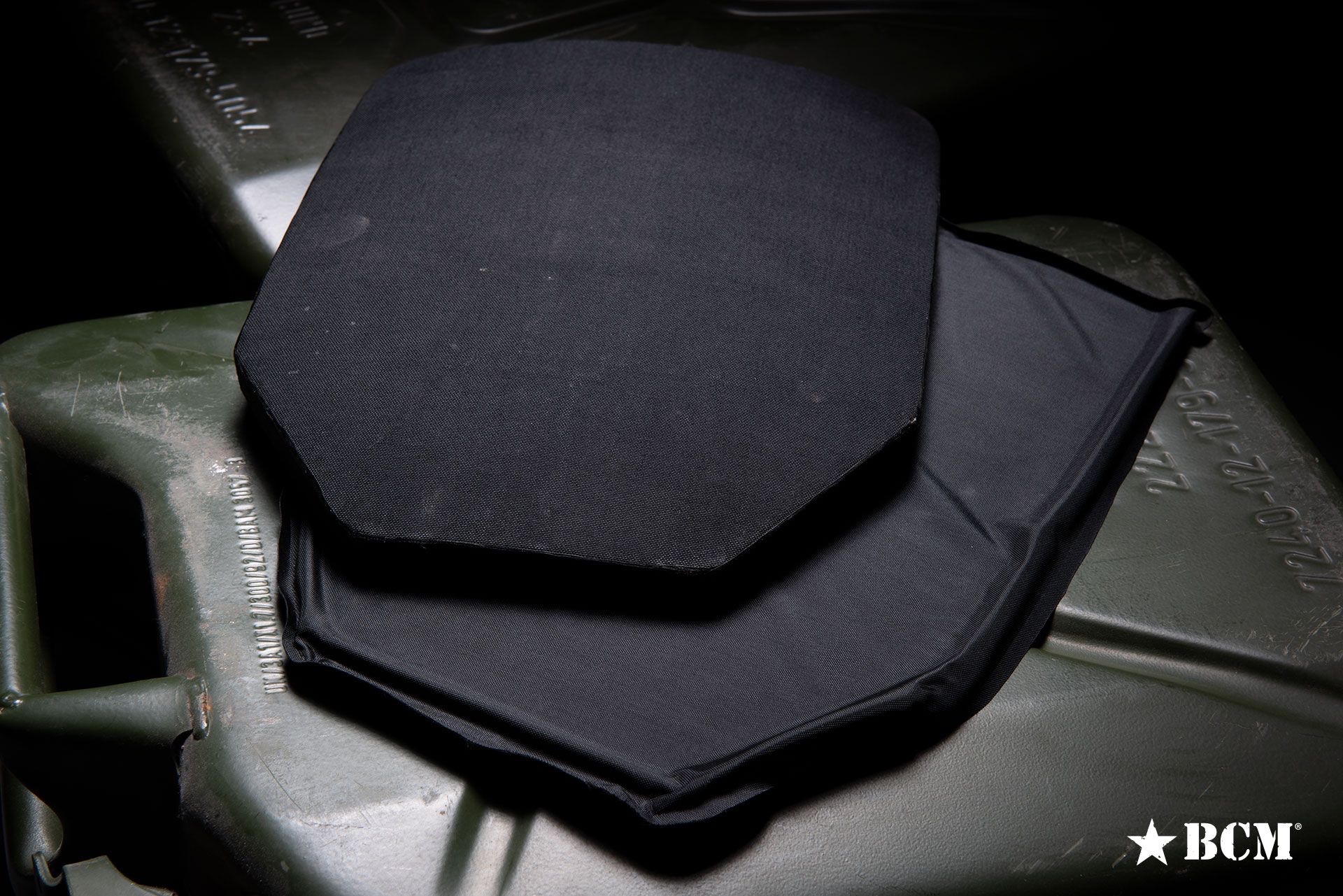
One of our attached Navy WMD specialists gave me a London Bridge Trading (LBT) 6094A and a set of LTC 28340 plates. Lighter and slimmer than the RBAV, the LBT 6094A came in a “shooter cut” with plate pockets that allowed me to run my M4 without fighting the vest. The LTC plates were also significantly lighter, half as thick and more capable (Level IV stand-alone) than my Army issued PPE. These plates were also size medium versus the size large I was issued due to my build. At the end of the day, the LBT and LTC package shaved pounds and inches while increasing mobility and protection.
This would be my set-up until I left the Army a few years later.
Here’s a run down, from a shooter’s perspective, of the layout and why things were positioned where they were.
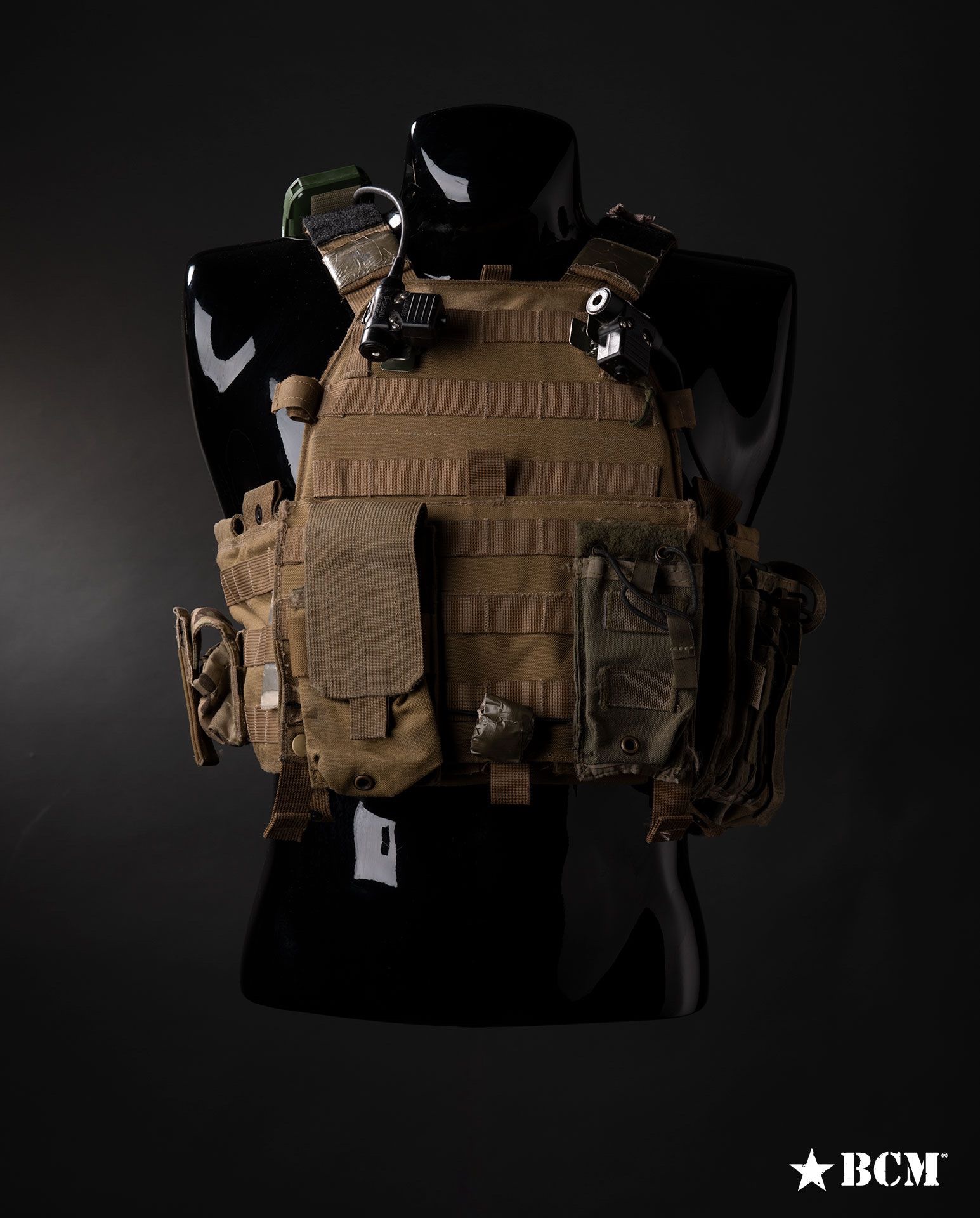
Front Plate Pocket
I ran a double mag carrier on the right, and a single mag pouch on the left. The double mag pouch served a number of masters based on the mission, but typically was used for secondary exterior initiators, specialty grenades or extra M4 magazines. The remaining single magazine pouch was positioned for the most consistent and quick reloads based on positions I was most often in while working. The pouch featured a bungee strap that could be employed for retention when roping, but more often than not, I left the pouch top open.
Running no deeper than a single magazine on the front of my carrier allowed for a far better dexterity and capability when dealing with non-compliant people as well as climbing.
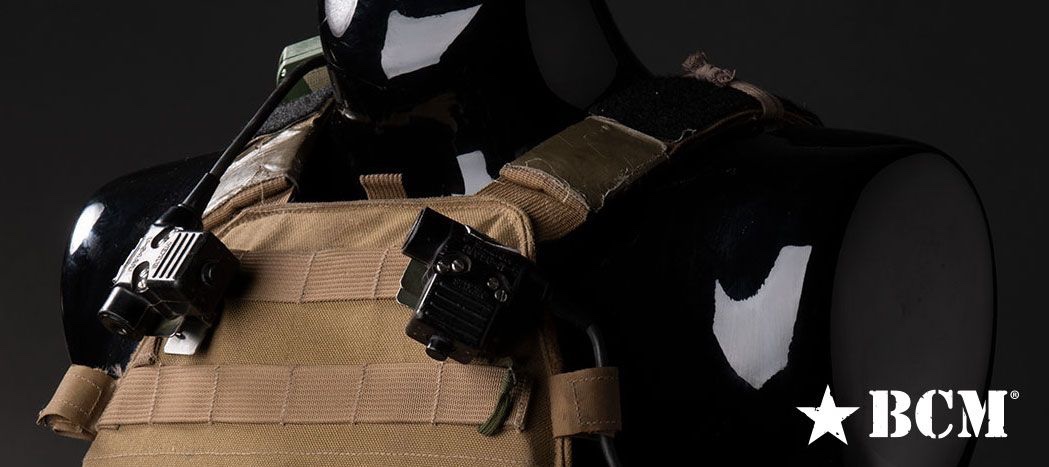
On the top right and left edges of the plate pocket I ran Nexus U-94A/U Push-To-Talk (PTT) activators. At the time, these were the most reliable and minimalist PTT available. The right side fed off a PRC-117G for external comms and on the left, an MBITR for team/enabler chatter. I set them on opposite sides of my body to eliminate the chance of keying the wrong radio.
Both systems fed into a Peltor dual comm headset, with the shortest cables possible to minimize excess cable management.
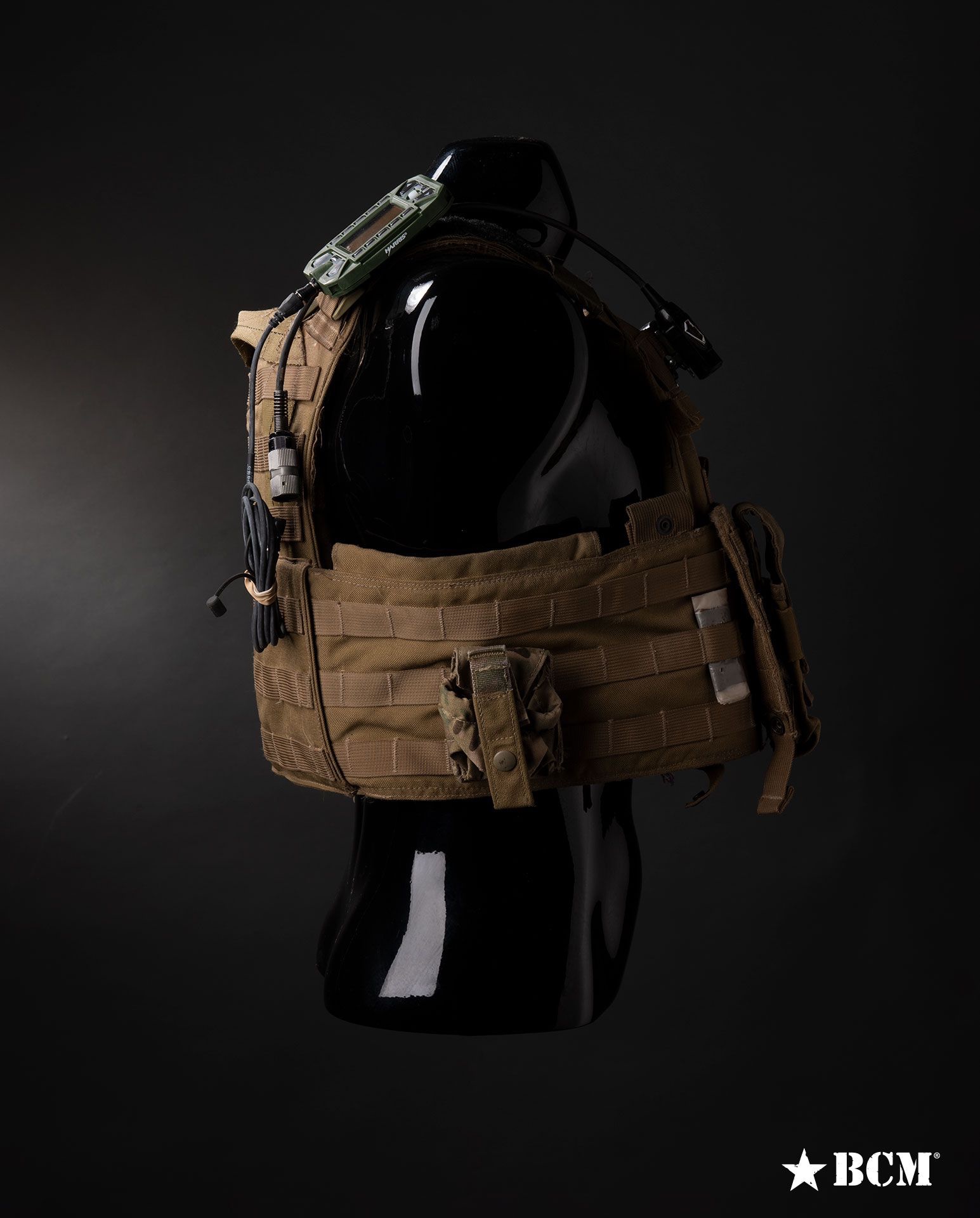
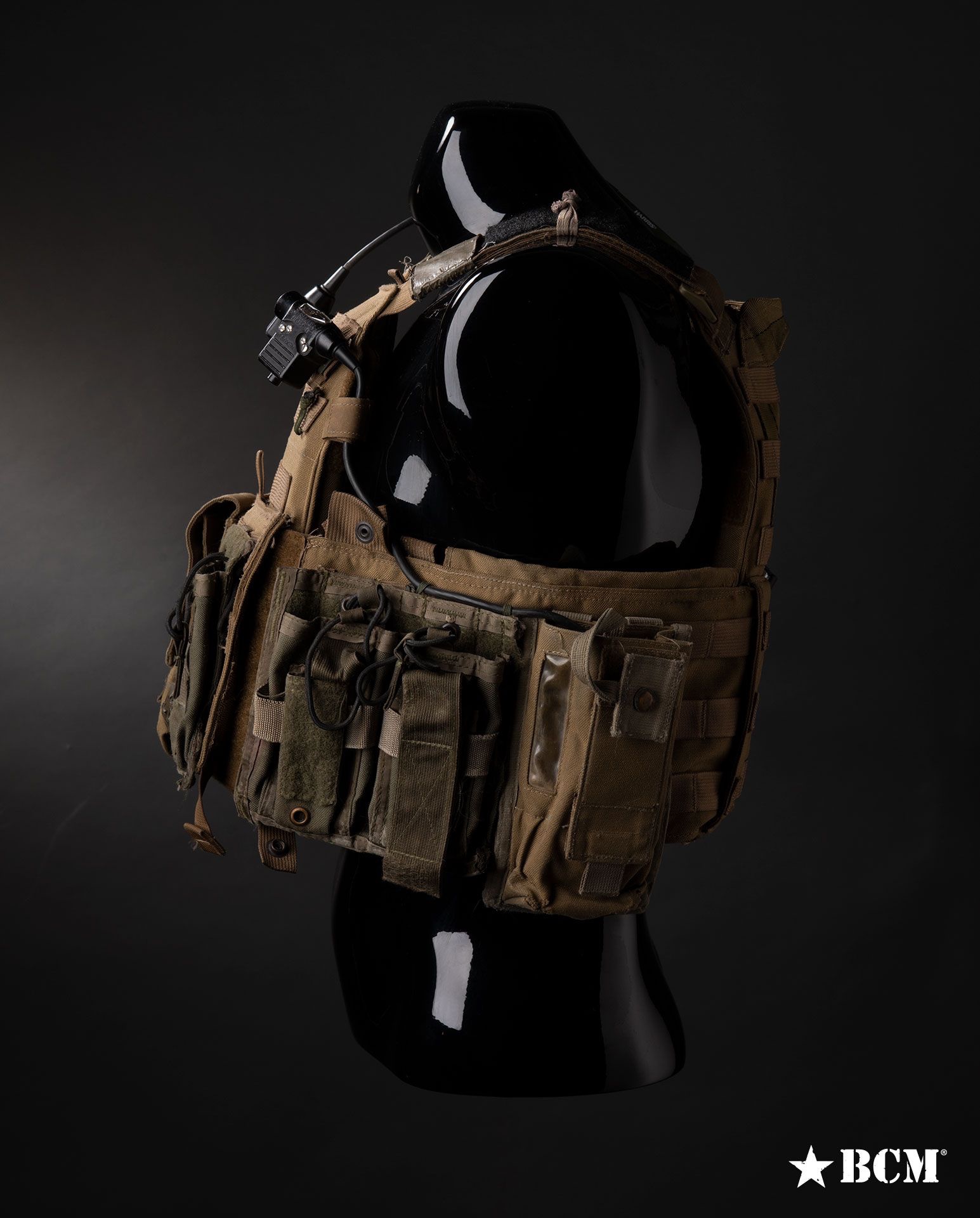
Cummerbunds
Right-side, I ran a M67 Frag in a High Ground frag pouch just rearward of where my belt worn Glock 19 pistol grip sat. This gave me rapid access to the frag as well as positive retention without a Fastex buckle. Fastex buckles had proven to be less than optimal for employing a grenade on mission.
Slotted into the PALs webbing just off the front plate bag, I had breacher’s tape to replace or augment any compromised charge attachment medium. Additionally, I had a QCC-CSD (Quick Cap Connector-Connector Single Delay) to replace compromised QCCs on interior breaches, and a QCC-CDI (Connector Dual Instantaneous) for replacement of dual-primed exterior charges.
On my left-side, a Paraclete triple M4/Glock magazine shingle cut down to a double shingle, was positioned with additional M4 magazines captured by bungie retention. Both pistol pouches carried initiators for interior charges as I never ran pistol reloads in combat. Set just off the front plate bag, this positioning gave me the most consistent reloads and equipment employment on mission.
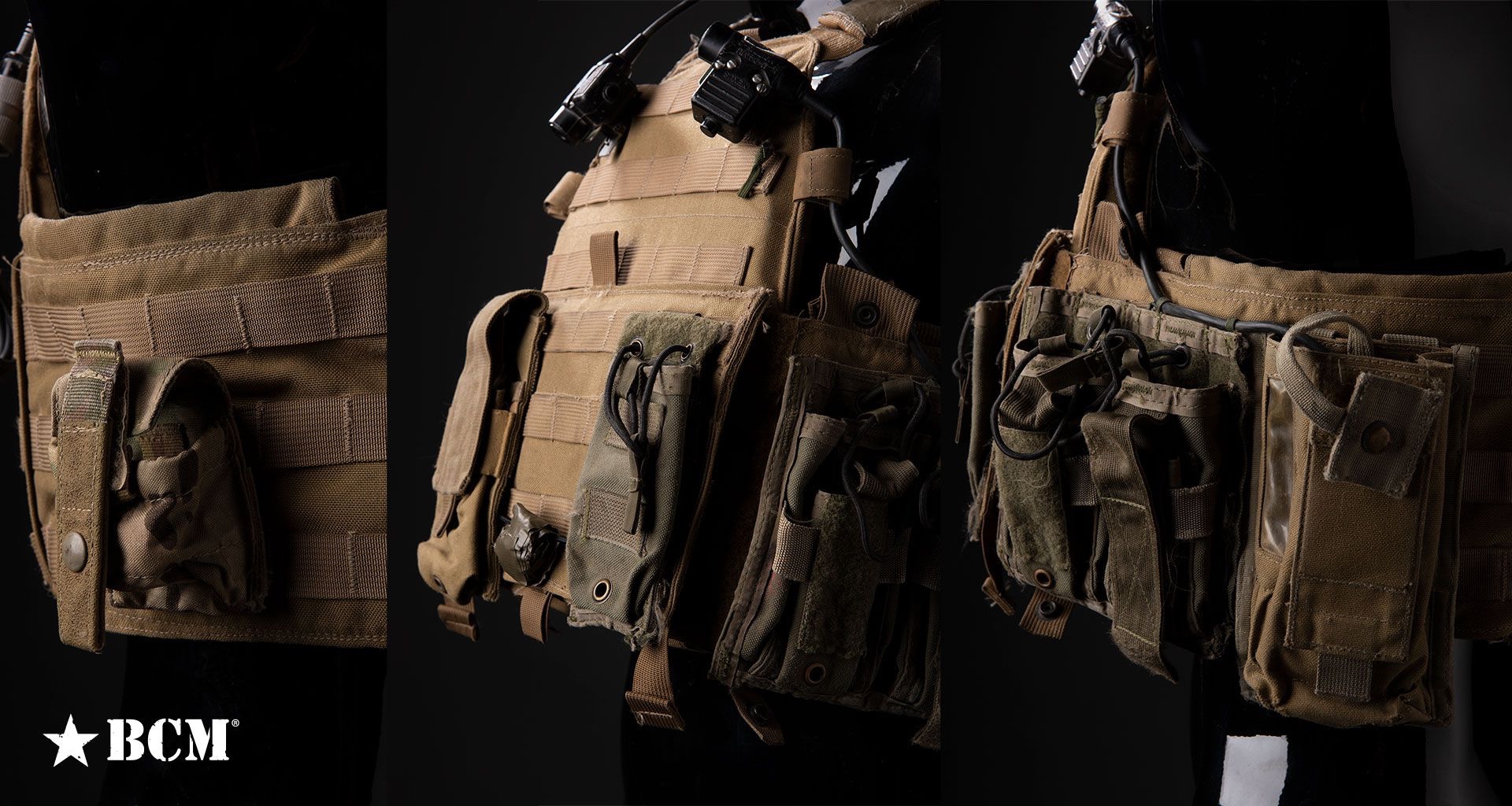
Just adjacent to the rear plate bag, I ran a MBITR radio in Diamondback Tactical MBITR pouch, the most minimal/reliable radio pouch available at the time. Placed to put the antenna comfortably behind the left armpit or to provide protection for connectors when running an antenna relocator, the positioning allowed me to access and rapidly manipulate both dials and channels from memory. This also allowed me to remove the radio from the pouch without disconnecting all the attachments to troubleshoot the system. A lesson learned the hard way.
Finally, I rigged some 550 cord loops to create improvised cable management channels that reduced the odds of snags or other potential breakages in the routed comms wires. These loops also allowed the cables enough slack to move freely during movement and fighting.
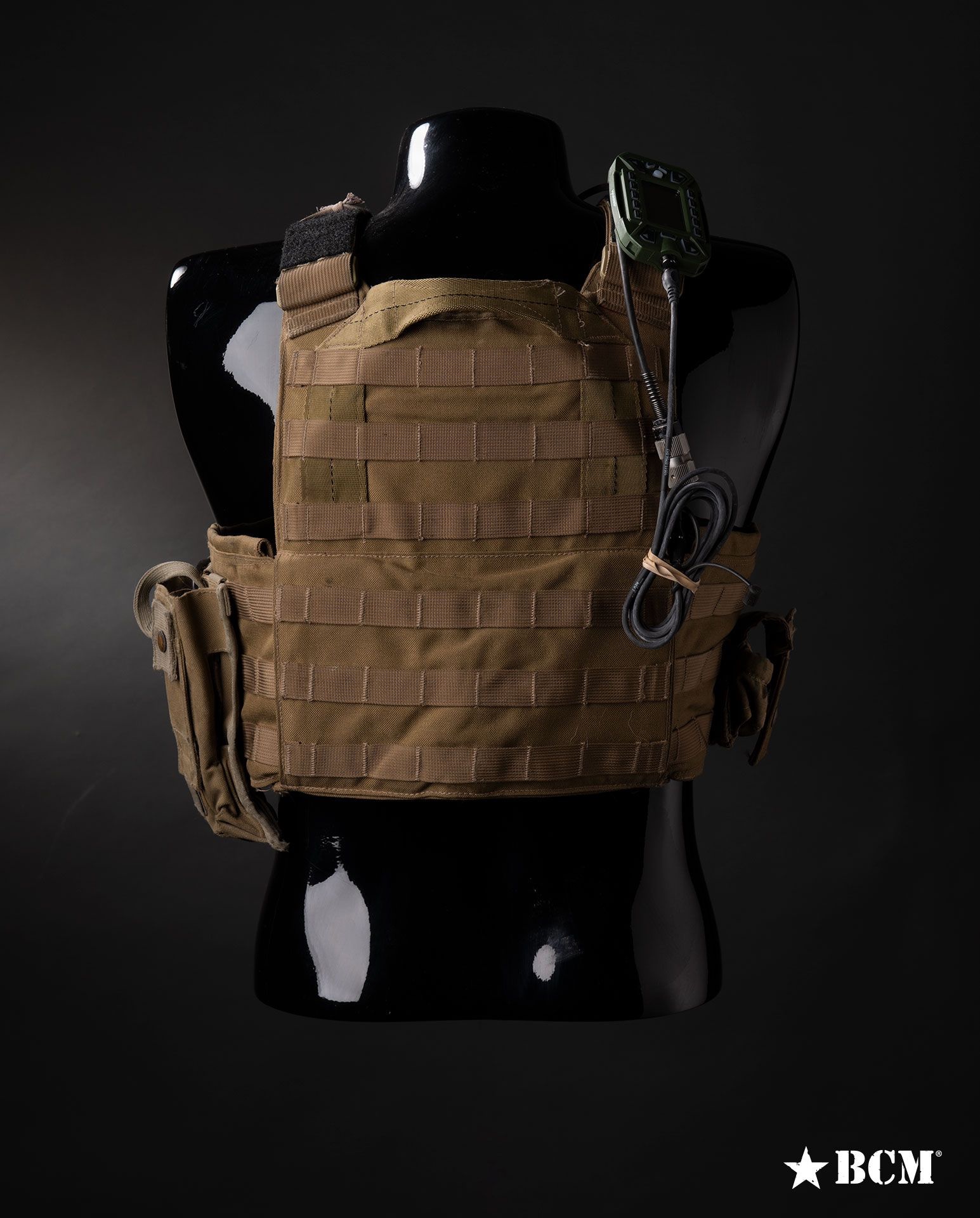
Rear Plate Bag
Managing comms with unilateral assets + enablers, partner forces, and air assets across multiple objectives simultaneously required a second radio that could talk to a wide spectrum of receivers. To this end, I ran the PRC-117G manpack radio in a Tactical Tailor pouch (not pictured) and controlled the radio with a Keypad Display Unit (KDU) velcro mounted to my right shoulder (which I had also affixed with loop). Despite being mounted on my back, I was able to still access both the radio’s battery compartment as well as troubleshoot issues without pulling the 117 from the pouch.
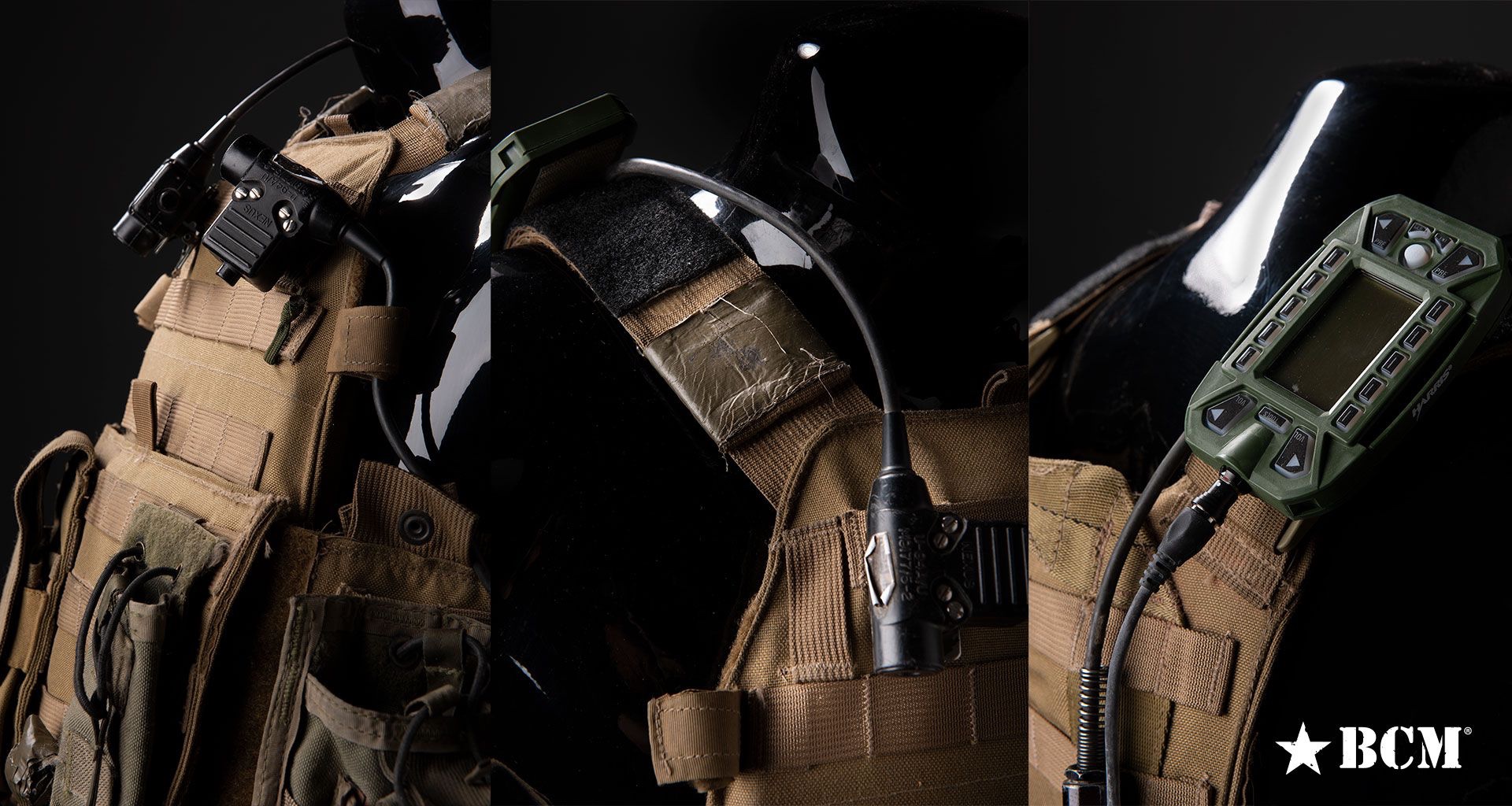
Shoulder Straps
One of the first mods I made to the 6094 was to dump the shoulder strap pads. With the minimal weight, the discomfort was negligible, and I was able to further reduce bulk. Adding Velcro loop to both shoulders created a mounting surface for the aforementioned KDU, that was positioned high enough to not interfere with the rifle stock nor was it a snag hazard.
Today, I would relocate the KDU centerline along the top edge of the front plate bag, but there was no interface available in-country at the time.
I ran a host of other equipment, to include medical pouches, tourniquets, a Glock 19, and more on my belt, but this vest was set up based on years of combat experience and training. Every inch of it was informed by experiences, both positive and hard learned.
– Commanders In-Extremis Force (CIF) Assaulter


